The Automotive Radiator Grille Market is currently characterized by a dynamic competitive landscape, driven by innovation, sustainability, and technological advancements. Key players such as Denso Corporation (Japan), Valeo SA (France), and Magna International Inc. (Canada) are at the forefront, each adopting distinct strategies to enhance their market positioning. Denso Corporation (Japan) emphasizes innovation in lightweight materials and energy-efficient designs, which aligns with the growing demand for fuel-efficient vehicles. Meanwhile, Valeo SA (France) focuses on digital transformation and smart grille technologies, integrating sensors and connectivity features to enhance vehicle performance and safety. Magna International Inc. (Canada) is pursuing a strategy of regional expansion, particularly in emerging markets, to capitalize on the increasing automotive production in those areas. Collectively, these strategies contribute to a competitive environment that is increasingly focused on technological differentiation and sustainability.
The market structure appears moderately fragmented, with several players vying for market share through various business tactics. Localizing manufacturing has become a prevalent strategy, allowing companies to reduce costs and improve supply chain efficiency. Additionally, supply chain optimization is critical, particularly in light of recent global disruptions. The collective influence of key players shapes the market dynamics, as they compete not only on price but also on innovation and customer service.
In August 2025, Denso Corporation (Japan) announced a partnership with a leading electric vehicle manufacturer to develop advanced radiator grille systems that enhance aerodynamics and cooling efficiency. This strategic move is significant as it positions Denso at the forefront of the electric vehicle market, aligning with the industry's shift towards electrification and sustainability. By focusing on innovative solutions, Denso aims to capture a larger share of the growing electric vehicle segment.
In September 2025, Valeo SA (France) launched a new line of smart grilles equipped with integrated sensors that monitor vehicle temperature and airflow. This initiative reflects Valeo's commitment to digitalization and smart technology, potentially enhancing vehicle performance and safety. The introduction of such advanced features may provide Valeo with a competitive edge, appealing to manufacturers seeking to incorporate cutting-edge technology into their vehicles.
In July 2025, Magna International Inc. (Canada) expanded its manufacturing capabilities in Eastern Europe, establishing a new facility dedicated to producing lightweight radiator grilles. This expansion is strategically important as it allows Magna to meet the increasing demand for lightweight components in the automotive industry, particularly in the context of stringent emissions regulations. By enhancing its production capacity, Magna is likely to strengthen its market position and respond more effectively to customer needs.
As of October 2025, the competitive trends in the Automotive Radiator Grille Market are increasingly defined by digitalization, sustainability, and the integration of artificial intelligence. Strategic alliances among key players are shaping the landscape, fostering innovation and collaboration. The shift from price-based competition to a focus on technological advancement and supply chain reliability is evident, suggesting that future competitive differentiation will hinge on the ability to innovate and adapt to changing market demands.


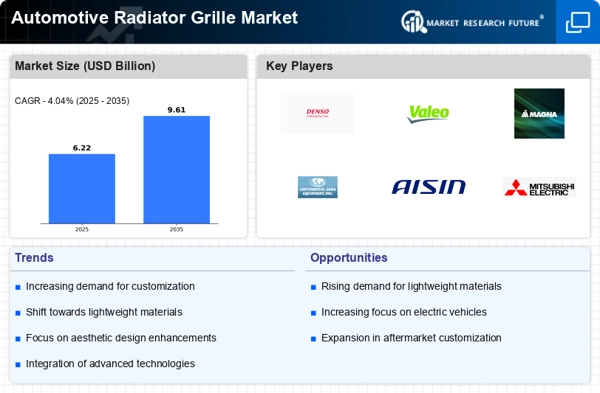
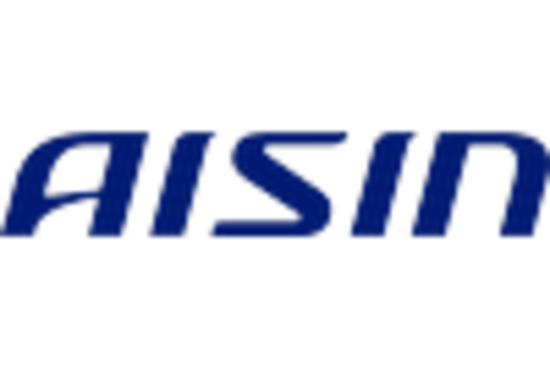

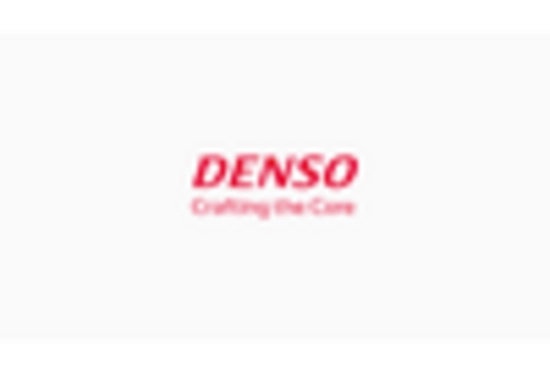
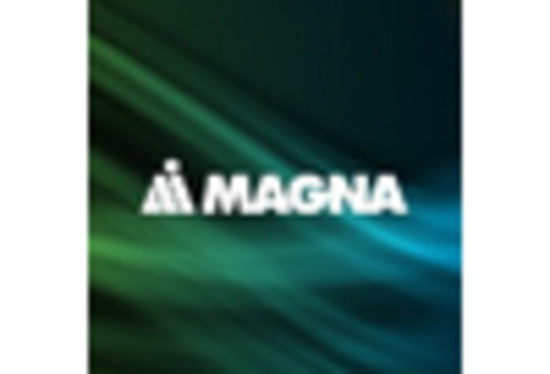
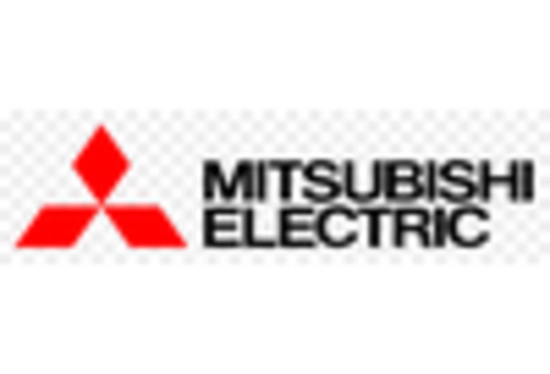
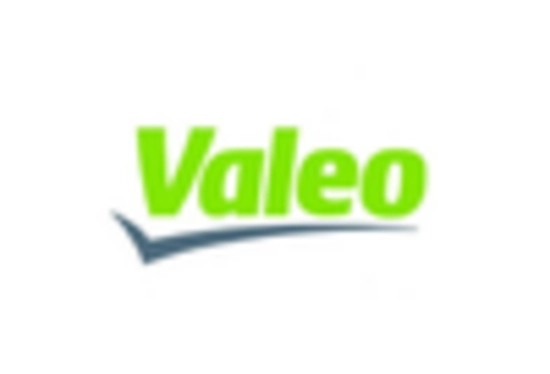








Leave a Comment